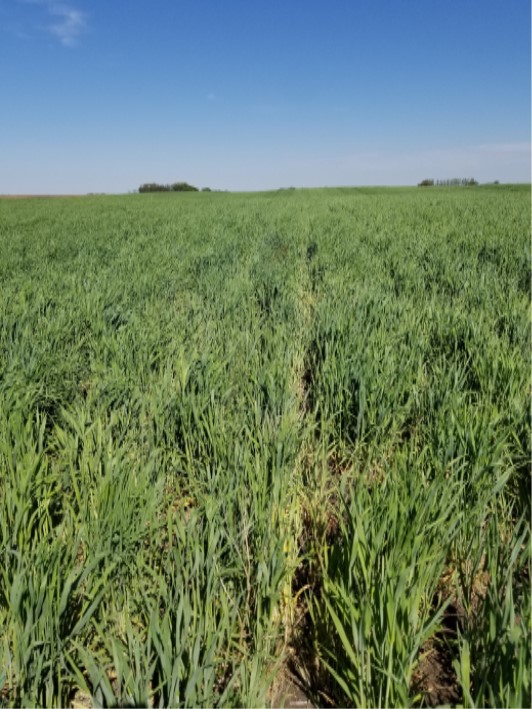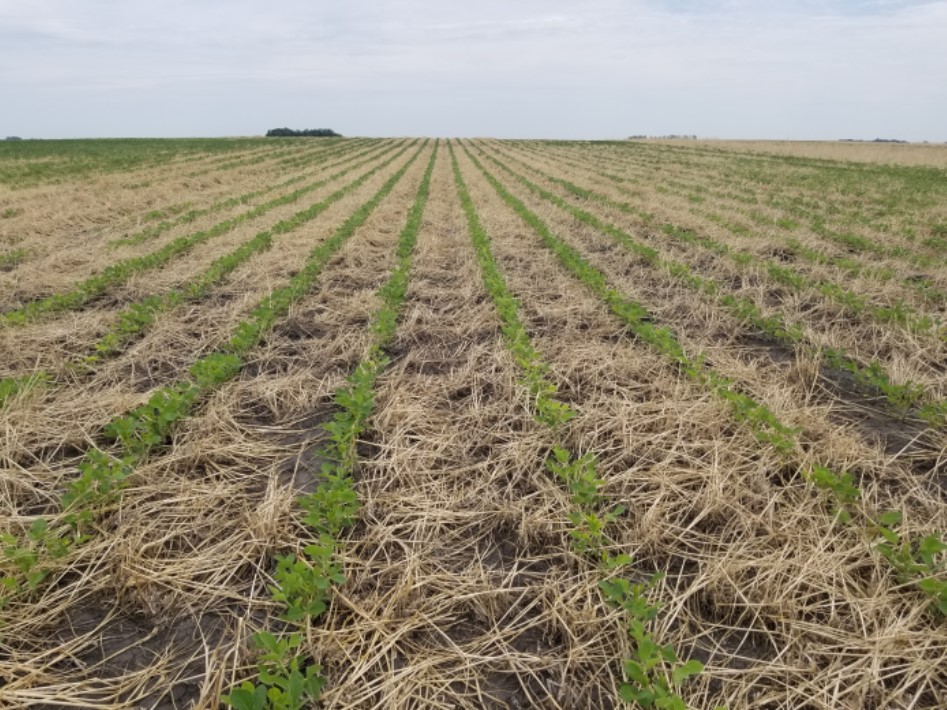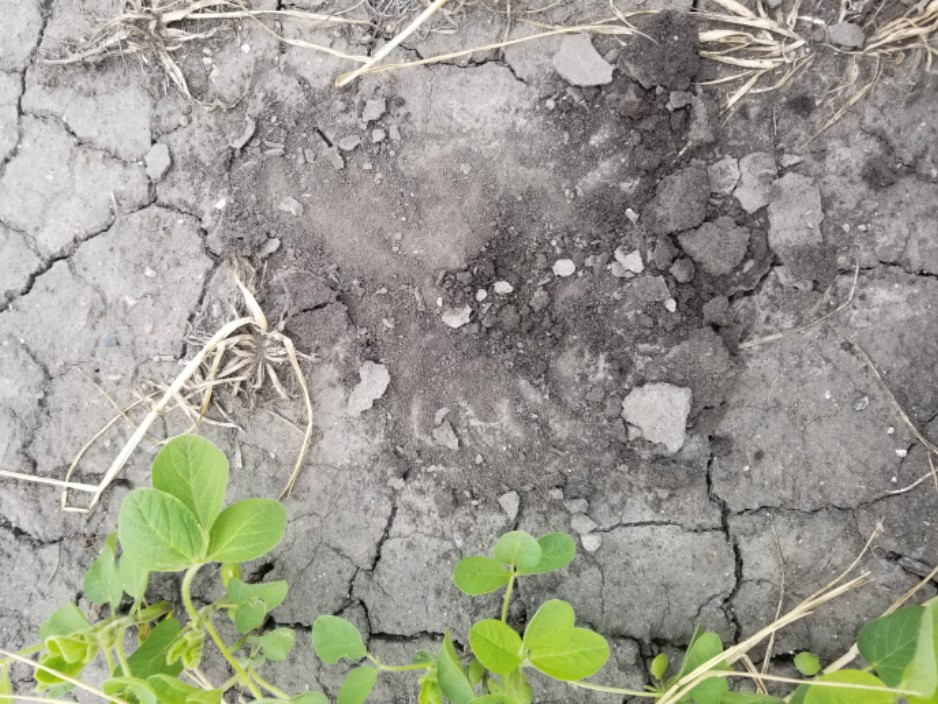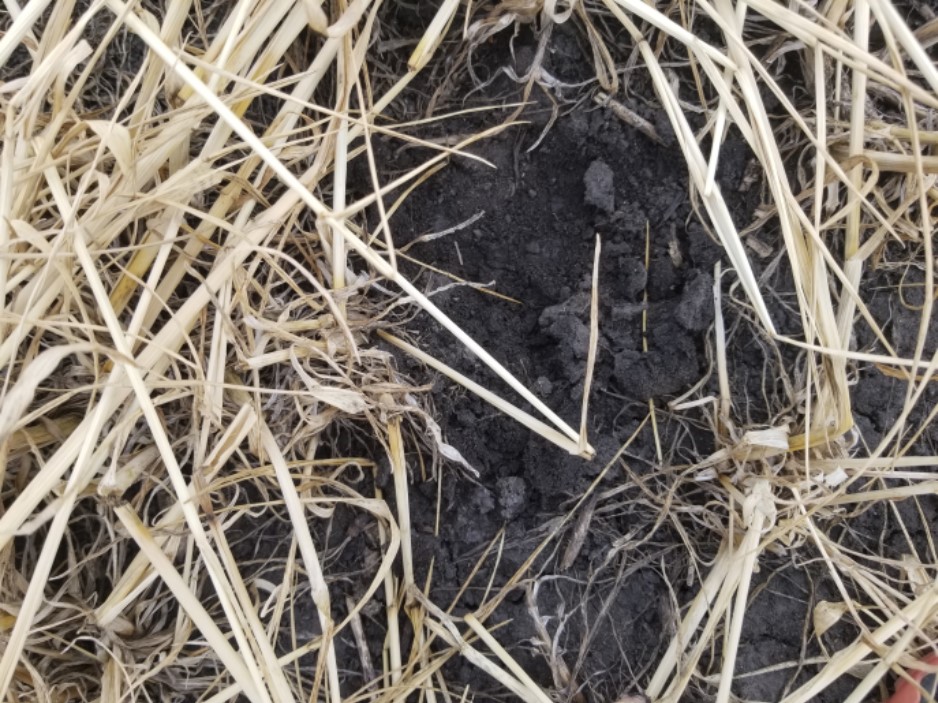2020 has been a very different year from the last two. Many areas of the state are dry right now with lack of timely rain events. We know cover crops are great at taking up excess moisture in the spring to help us get in the fields earlier, but do they compete with our crops for moisture? It depends…my favorite but most frustrating answer!
Different cover crops have different water needs with some requiring high amounts and others not taking as much. Cereal rye, triticale, radish, and turnips are some high water use covers that are commonly used. Barely, millets, field peas, and cowpeas are some lower water use species that are used as cover crops.
Another item to consider is timing. When are your cover crops growing? Growing covers in the spring is great for warming up your soils, pulling out excess moisture, improving trafficability, along with providing numerous soil benefits. If it is a dry spring with no precipitation in sight, it is recommended to terminate the covers so they don’t take up all of the available moisture. Once the covers are terminated, they will release their moisture into the soil and through evaporation. Is there a moisture management benefit to dead cover crops? Absolutely! Covering the soil with residue greatly reduces evaporation and baking of the soil in the sun.
What about interseeded covers? It depends. When are you interseeding your covers? If it is after v4 studies have shown that the covers don’t compete for nutrients or moisture because they are so far behind the crops. As the covers start taking hold, the corn canopies and leaves the covers to just hang out and wait for sunlight to come back to effective grow. This won’t rob moisture from the crops and additional cover of the soil helps reduce evaporation of moisture.
A farmer that planted soybean green into cereal rye this spring is doing well with moisture. The cereal rye was about 2’ tall when planting soybeans and terminated the covers soon after planting. Checking the soil moisture on 6/15/20 showed us that this field is noticeably more damp than the fields that didn’t have covers.




